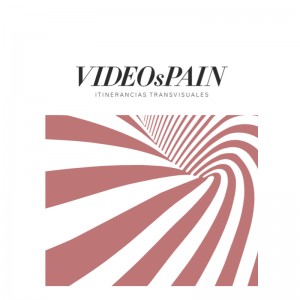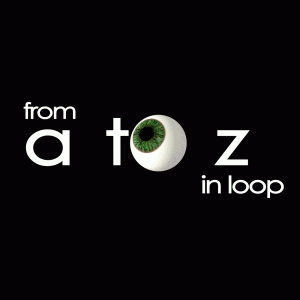The Story of Technoviking | Screening
Special Screenings- Sat 21.May @ 19:30 - 5/4/16 21:00
What would you do, when you danced half naked in the middle of the street in front of a camera & years later the world starts worshiping your image but you don’t want all of this?
“The Story of Technoviking” follows an early successful Internet meme over 15 years from an experimental art video to a viral phenomenon that ends up in court. Originally filmed in public space at a political demonstration, labeled by a community, remixed and shared by tens of millions, the clip’s images can’t be removed anymore from the collective memory nor be deleted from the servers that are located all around the world.
Opinions of artists, lawyers, academics and fans are mashed up with a big variety of online reactions and show the dilemma that is created when our fundamental right of the protection of our personality is in conflict with our fundamental right of free speech, when user behavior gets in conflict with 100 years old laws that our legal system is based on. To what direction should our culture and society develop in the future in regards of intellectual property? And how can one make a film about it when officially its not allowed to show the protagonist?
ARTISTS
Matthias Fritsch (DE)
Matthias Fritsch lives and works in Berlin. He studied Media Art at the University of Arts and Design Karlsruhe (HfG) in Germany and Film, Fine Art and Curating at Bard College, Center for Curatorial Studies (CCS), New York State, USA. Has made several short and long movies, and media-based installations. In the last years Fritsch focuses on the digital communities formed within internet video platforms and examines their importance in the formation of the contemporary cultural production.
Matthias Fritsch’s filmic works focus on issues of authorship and property, that have recently enjoyed a heightened interest within the context of open distribution channels on the Internet. Fritsch traces the potential and boundaries of related cultural practices by way of participation. Correspondingly, his works are not only shown in an art context, but he also uses other platforms and distribution channels.


